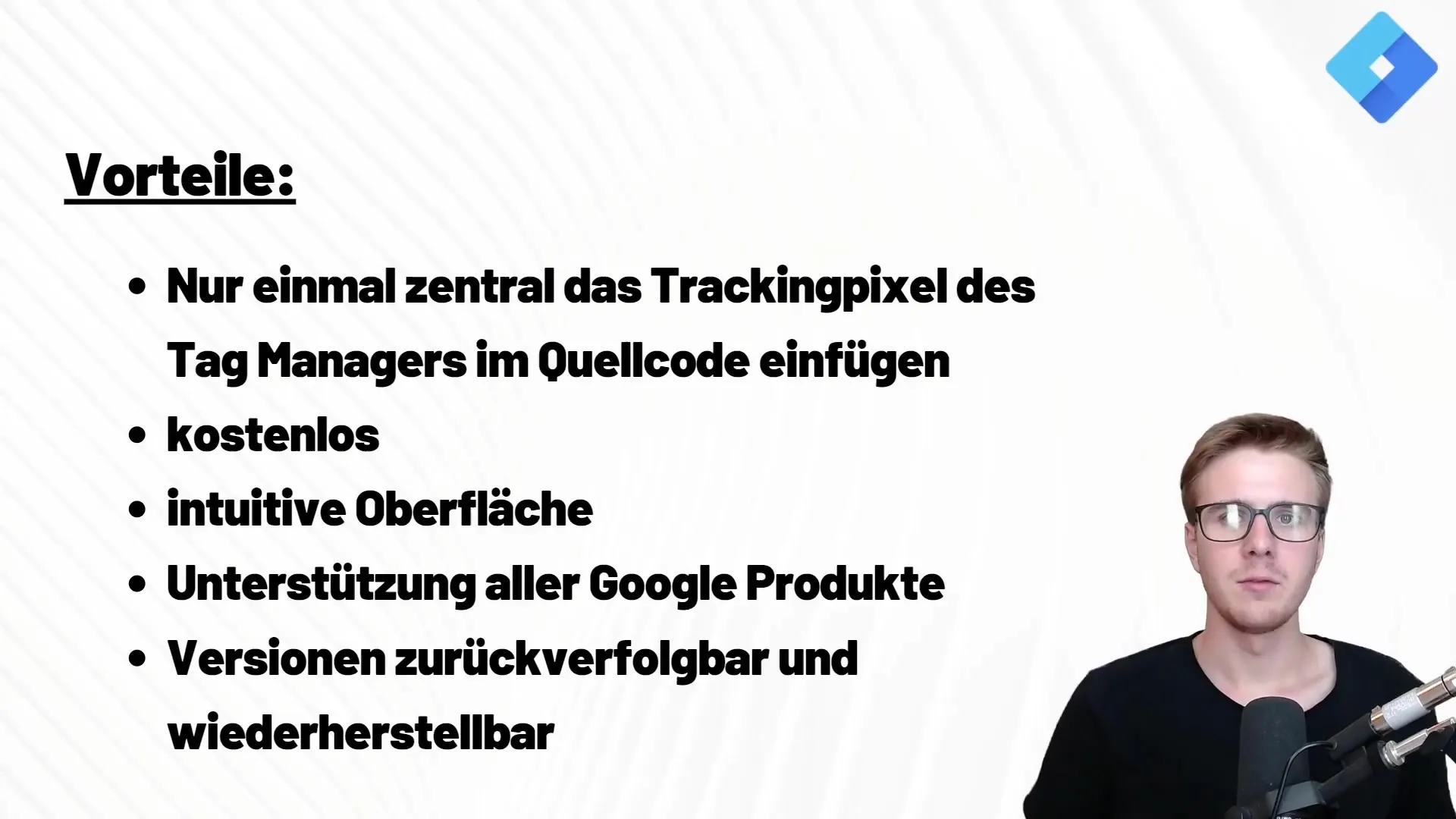The use of tracking tools is crucial for many website operators to analyze user behavior and optimize marketing measures. The Google Tag Manager is one of the most versatile tools available for this purpose. In this guide, I will discuss the special advantages of Google Tag Manager and show you step by step how to effectively integrate it into your website analysis.
Main Insights
- Google Tag Manager enables centralized management of tracking codes.
- The use of the Tag Manager is free of charge.
- The intuitive interface also supports beginners in handling the tool.
- Version history and restoration facilitate troubleshooting.
- Technical adjustments in the source code are minimized, making implementation easier.
The Advantages of Google Tag Manager
Central Management of Tracking Codes
One major advantage of Google Tag Manager is the ability to centrally manage all tracking pixels. You only need to insert the Tag Manager's tracking pixel once into your website's source code. This means you no longer have to directly integrate the codes from external tools such as Google Analytics or Google Ads into your website's source code.

Instead, the codes of these providers are collected and managed in the Tag Manager. This reduces the need to edit the website with every adjustment, making the whole process less error-prone. Programming knowledge is not necessarily required, and for users who use a plugin, linking with Google Tag Manager is even easier.
Free Usage
Another important advantage is cost-efficiency. The use of Google Tag Manager is completely free of charge, just like many other Google tools. This is particularly advantageous if you have a limited budget. However, note that this way Google gains access to some of your user data, including no specific data, but mainly information about your interactions with the tools.
Intuitive Interface
For beginners, the Google Tag Manager offers a clean and user-friendly interface. It may seem overwhelming at first, but the limited number of options simplifies the quick familiarization with the system's basics. If you already have experience with Google products like Google Analytics, Google Ads, or Google Optimize, operating it will probably be very easy for you.
Version History and Restoration
A common issue with software implementations are accidental errors in the code. Google Tag Manager provides the ability to track back and restore previous versions. For example, if an error occurs, you can easily restore the version before the change without having to make manual adjustments.

Minimized Technical Adjustments
Google Tag Manager significantly simplifies tracking specific actions like a button click. While in Google Analytics you might have to make adjustments directly in the source code, in Tag Manager it is enough to integrate it correctly. This makes implementation a mere formality for you.

Summary
Using Google Tag Manager brings numerous advantages that are both time and cost-saving. Its centralized management of tracking codes, intuitive user guidance, free usage, and versioning capability are just a few of the aspects that make the Tag Manager so appealing. With the steps I have presented to you, you should now be ready to effectively utilize Google Tag Manager in your website analysis.


